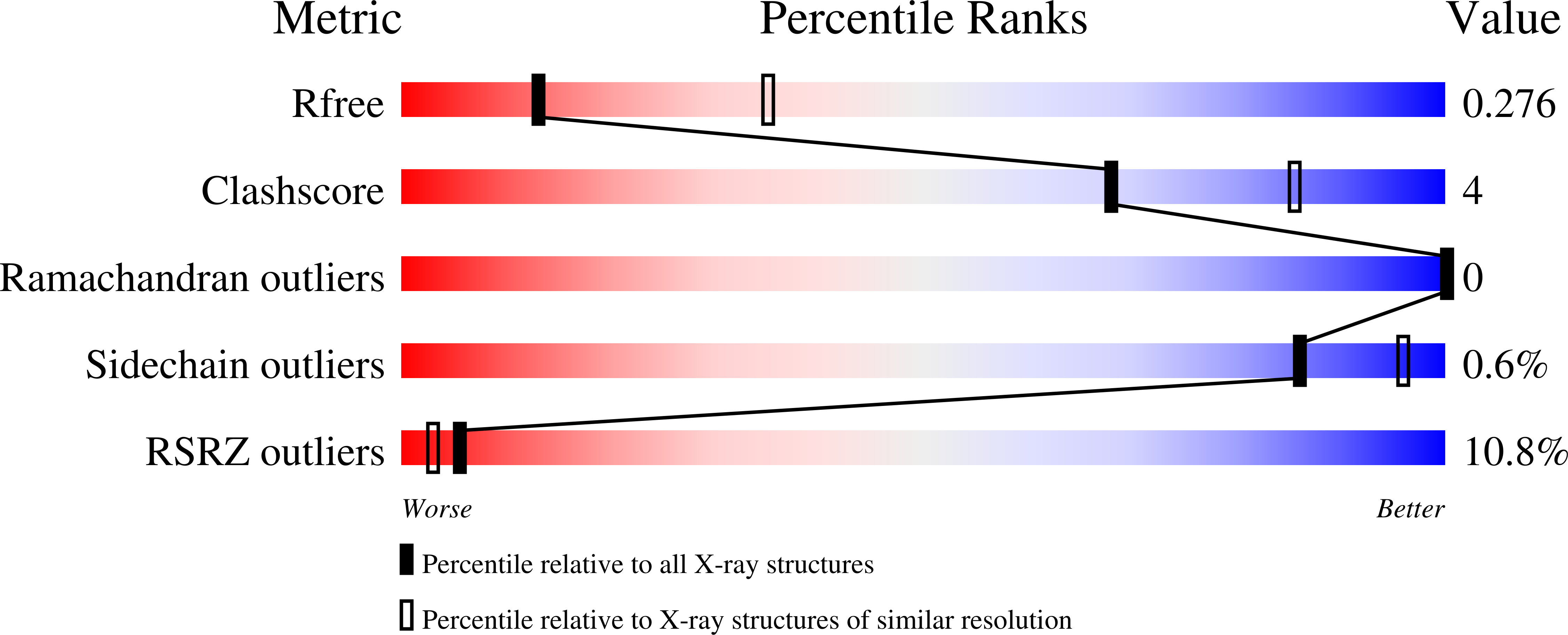
Deposition Date
2022-03-11
Release Date
2023-02-15
Last Version Date
2024-11-13
Entry Detail
Biological Source:
Source Organism:
Plasmodium falciparum (Taxon ID: 5833)
Homo sapiens (Taxon ID: 9606)
Homo sapiens (Taxon ID: 9606)
Host Organism:
Method Details:
Experimental Method:
Resolution:
2.80 Å
R-Value Free:
0.27
R-Value Work:
0.24
R-Value Observed:
0.25
Space Group:
P 21 21 2


